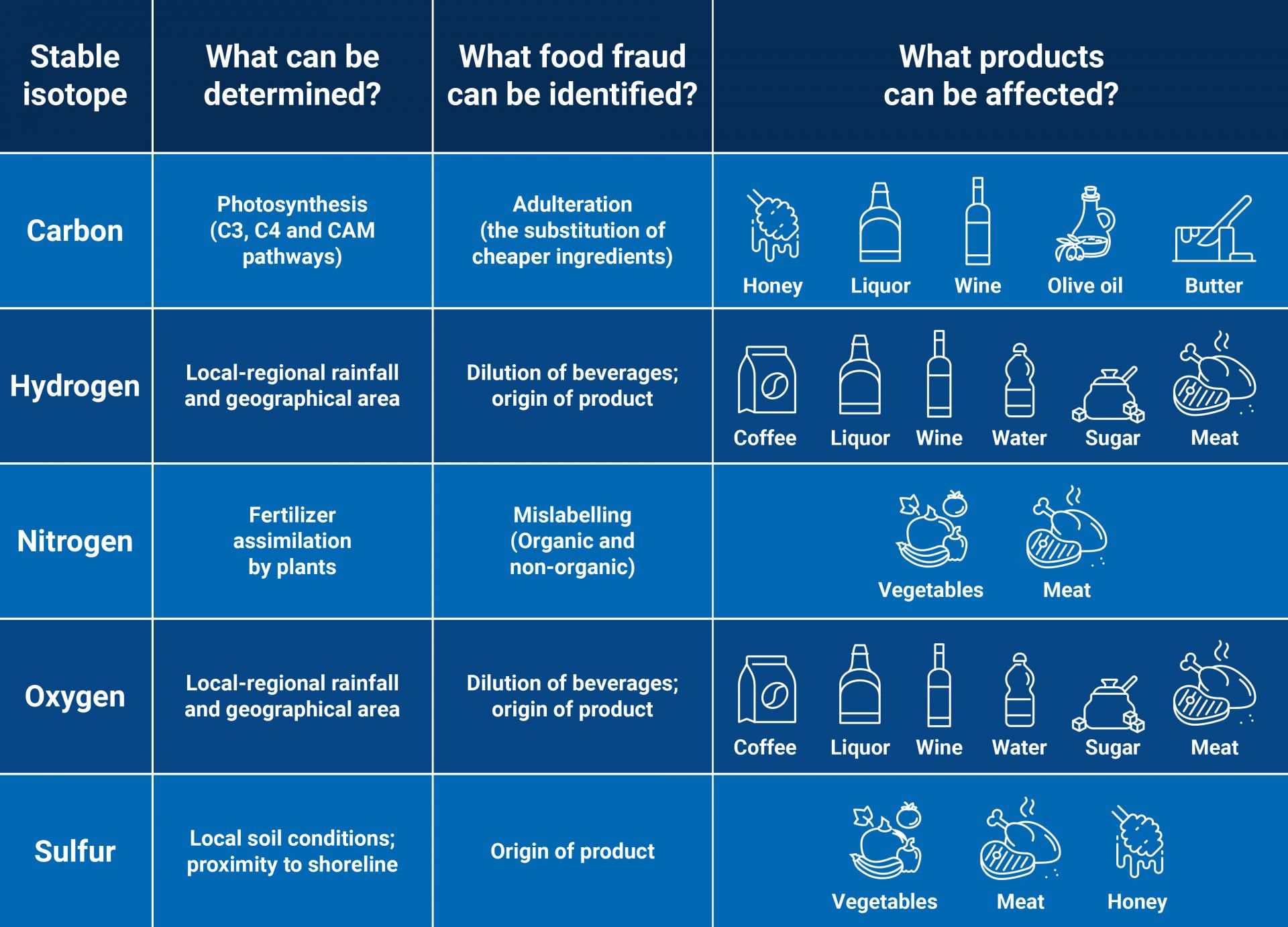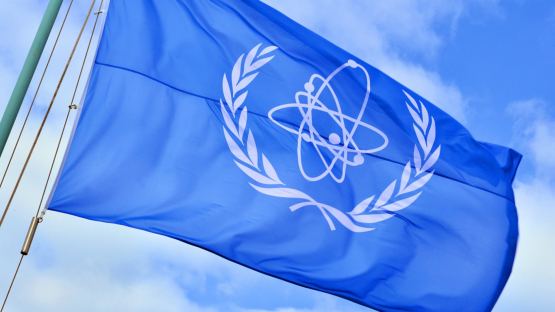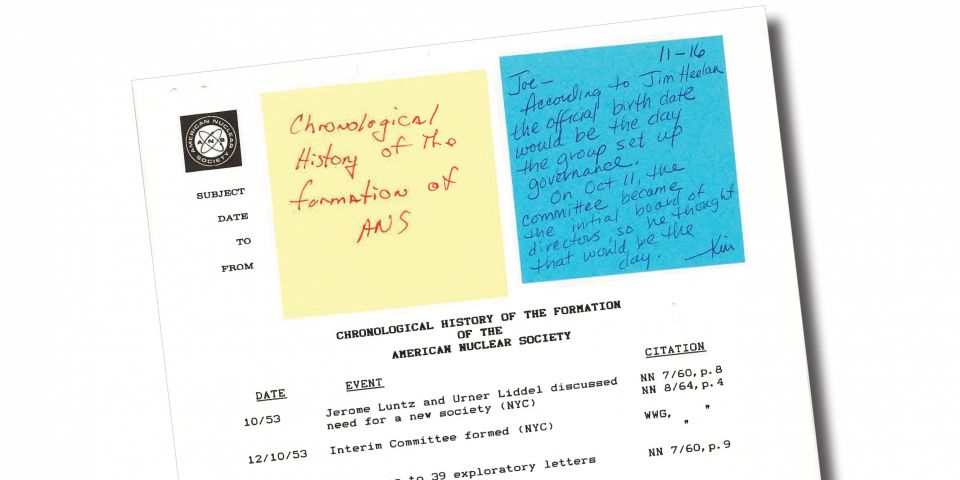One common form of food fraud is the mixing of inferior, lower-cost ingredients with a high-value product to reduce the concentration and lower the cost of production. For example, high-quality extra-virgin olive oil can be diluted with low-cost vegetable oil, or honey and maple syrup can be mixed with cheaper sweeteners such as corn syrup, rice syrup, or sugar beet syrup. The diluted products are then sold as pure at a higher cost.
While food fraud can lead to consumers paying a premium for substandard products, in some cases it can cause health issues, as toxic additives may be added or essential nutrients may be removed as part of the fraud process. This can lead to foodborne illnesses, allergic reactions, or even death.
In 2008, the FDA noted that manufacturers in China added synthetic melamine to infant formula to make it seem like their products had enough protein. Often used in plastics, melamine has a high nitrogen content, and nitrogen is used as an indicator of protein in formula. This fraud led to kidney failure in babies, and news reports indicated that it caused over 300,000 illnesses, 50,000 hospitalizations, and at least 6 deaths.

Different isotopes can be helpful for identifying various types of food fraud. (Infographic: A. Vargas/IAEA; information adapted from ThermoFisher)
Isotopic signatures: According to the International Atomic Energy Agency, mitigating the risk of food fraud can be difficult, as it may happen at any stage of the supply chain, and in some cases it cannot be detected without special equipment. In developing countries, the problem is aggravated by the lack of technical capacity to detect food fraud.
While industry can use certification and labeling techniques to combat food fraud and improve food safety, vulnerabilities remain where there are no reliable methods of verification. Working with the Food and Agriculture Organization of the United Nations (FAO), the IAEA is seeking to provide that verification by developing analytical methods to measure the ratios of stable isotopes found in food samples. Those isotopic ratios will vary due to different factors, such as when, where, and under what environmental conditions the food was produced. Isotope ratio mass spectrometry is commonly used for high-precision measurements of isotopes.
According to the IAEA, “Stable isotope ratios are like nature’s ‘fingerprints’ or signatures on food. This hidden evidence can provide information on whether the foods we are buying consist of the authentic ingredients described on the label or have been falsified. By tracing these isotopic fingerprints, scientists can also track the geographical or botanical provenance of food.”
These methods can also be used to detect the adulteration—or complete substitution—of food with cheap ingredients that have identical chemical structures but different isotopic signatures.
Watch an IAEA YouTube video on using nuclear science to combat food fraud here.
IAEA’s role: To help improve food fraud detection techniques, the IAEA is involved in the following efforts:
- With the FAO, the IAEA supports its member states in the use of nuclear and complementary techniques for science-based solutions to improve food safety, authenticity, and security, as well as sustainable agricultural practices.
- The Joint FAO/IAEA Center of Nuclear Techniques in Food and Agriculture is working on nuclear technologies to improve the safety and quality of food products, tracking the origin of food products and checking their authenticity.
- The FAO/IAEA center supports its member states in improving their laboratory and regulatory capacity to trade safe and high-quality food products and verify their authenticity using stable isotope measurements.
- The FAO/IAEA center gathers best practices and provides guidance on the use of nuclear techniques for the verification of origin of food products, for example, dairy products.
- The FAO/IAEA center conducts various coordinated research projects focusing on the use of nuclear and complementary techniques, for instance, the identification of food fraud or products with high-value labeling claims.









